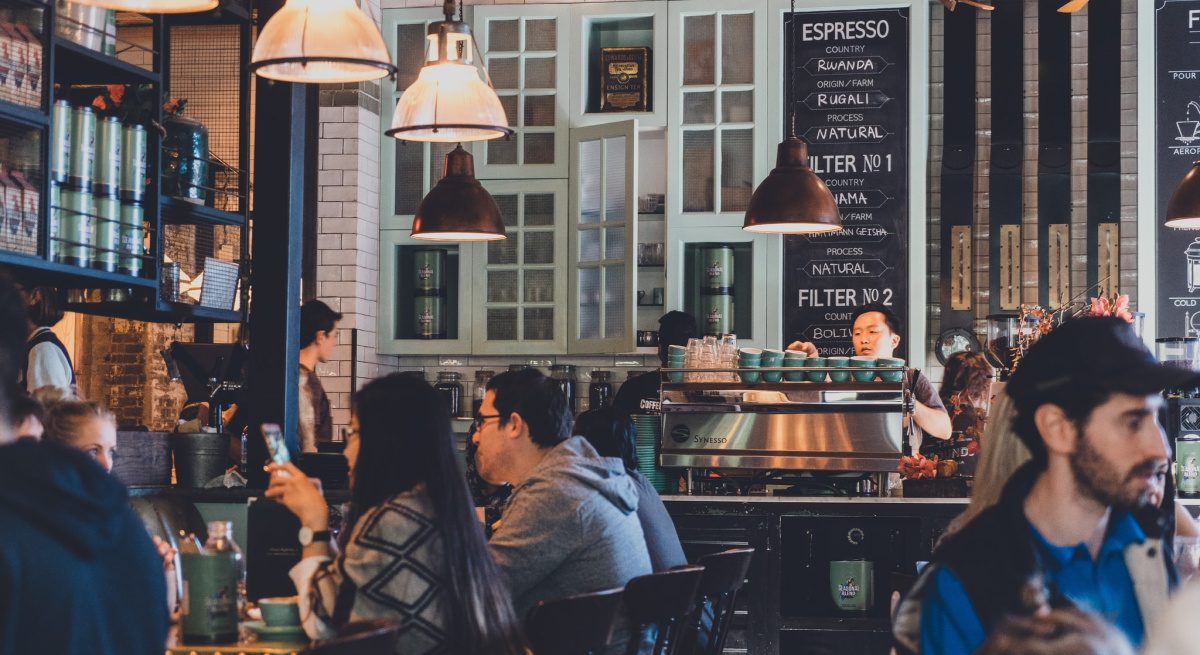2019’s AB 5 Battle of California
5 Min Read By Michael Krueger
History was my favorite subject in school and is still one of my favorite subjects to read. History books often reference a military battle tactic known as scorched earth, when one side would burn down all infrastructure and resources as they retreated in order to prevent the advancing side from using them. In present day, the meaning has expanded to describe destroying economies and societies, and in fact, we’re witnessing it right now. The passage of California’s AB 5 and the battle to scale it back will shape the future of how businesses engage the labor force. One side has implemented a scorched earth tactic, but the victor will be neither of the players. Unfortunately, as AB 5 progresses, the restaurant industry may also find itself on a losing side.
Background on AB 5
Signed by California Governor Gavin Newsome in September, AB 5 further erodes a company’s ability to engage a worker as an independent contractor by expanding the application of a three-part test commonly referred to as the “ABC Test.”
ABC Test
The hiring entity must be able to answer yes to all three parts of the ABC test to classify a worker as an independent contractor:
A. The worker is free from control and direction of the hirer in relation to the performance of the work, both under the contract and in fact; AND
B. The worker performs work that is outside the usual course of the hirer’s business; AND
C. The worker is customarily engaged in an independently established trade, occupation, or business of the same nature as the work performed for the hirer.
Under AB 5, there are exemptions from the ABC Test for certain occupations, industries, and service providers (for example, dentists, doctors, lawyers, referral agencies, and construction subcontractors, among others). However, to qualify for these exemptions, companies must meet a laundry list of additional criteria, and there is no exemption from AB 5 or the ABC Test for individual workers. Many worry that the ABC Test eliminates ride hailing and food delivery app companies’ ability to engage workers as independent contractors. That is why companies like Uber, Lyft and DoorDash have recently announced a $90M backed ballot initiative that is fighting for a carve out from AB 5 that will exempt their drivers and food delivery workers.
The Business Impact
Several of my restaurant and food industry clients have asked me recently how AB 5 and the potential carve out will impact their businesses. In order to understand the potential impact, it is important to understand the recent shift in the food industry over the last five years.
The food industry has had to adjust the business-to-consumer (B2C) model to a quasi-business-to-business-to-consumer (B2B2C) model on several different layers, to adjust to evolving consumer preferences. The most obvious layer is the impact the food delivery app services have had on the way restaurants reach their consumers. It is no longer necessary to have prime retail space to reach consumers when they can easily order and have delivered their favorite foods through a third-party delivery app. This shift in access has in turn caused a shift in the way restaurants design their space and plan their business operations.
How Food Delivery Apps Influence the Bottom Line
For example, one of my clients is a successful BBQ restaurant with four locations throughout the Bay Area. Understanding this shift, they incorporated food delivery app services into their operations and in most locations, they are making over $10,000 a week in food delivery app sales. They are only able to reach these sales figures because they’ve adjusted the way they prepare and serve food within their restaurant. They aren’t increasing internal work shifts, but by embracing the middleman food delivery app, they are selling more food.
I am very confident that within the next two years readers of this article will know at least one person who has received a food delivery order from a drone, self-driving vehicle, or other automated system.
This is an important fact. The restaurant is not increasing shifts, but clearly the individuals picking up and delivering the food are working for an entity. In fact, those individuals picking up and delivering the food may actually work for several entities all at the same time. That’s because those individuals right now are independent contractors. They may be able to deliver for a handful of competing food delivery app companies all within the same order. Those individuals pay for their own vehicle, gas, insurance and any other expense they may incur while performing their services. They may be school teachers, college students, bankers, code writers, real estate agents or maybe they do this work full time. The beauty of this system is the individual worker decides when and where they want to work.
Under AB 5, the ABC Test likely says no, those individuals are actually employees of the food delivery app companies. The food delivery app companies now must comply with employment laws in California with respect to those workers; pay those individuals at least minimum wage, withhold taxes from those individuals, reimburse the individuals for their expenses, offer sick leave and other benefits that are available to other employees of that company. All good things an employee should have, right? Make no mistake, if classification of workers as employees only provided higher wages and benefits for workers, which I strongly support, AB 5 would not be facing such opposition. Unfortunately, as it is written, AB 5 means the employees now work when the employer wants them to work, deliver for the restaurants their employer tells them to deliver, and when that employee is on the clock for one food delivery app employer, the employee may not be able to work for another food delivery app employer.
What’s at Risk: The Impact of the Battle
How will those carve outs affect the food industry? Regardless of how it impacts the workers’ financially, it will likely be the only way food delivery app services continue utilizing actual workers. Food industry businesses adapted their business model to embrace the middleman food delivery apps because they were designed to be both easy to implement and economically beneficial. The profit margins in restaurants are already paper thin. The middleman business model supplements those restaurants that have existing B2C sales, but what about ghost kitchens and food industry business that rely completely on food delivery app workers? I believe the biggest impact from the classification of food delivery app workers as employees will be the availability of the work force. Will the same individuals who work a few hours each night delivering food during the busiest hours have the same desire to work a full shift assigned by their employer? This question is just one of the reasons why Uber, Lyft and DoorDash are asking for AB 5 carve outs.
Even if opponents of AB 5 carve outs overcome the ballot initiative, they very well may have eliminated an entire industry from the workforce they are trying to protect. Most businesses within food industry cannot afford to play both sides of this battle. Will businesses that have shifted to ghost kitchen and food delivery apps survive this loss of workforce? Can it be replaced by workers classified as employees? I have very little confidence that it will, but I am very confident that within the next two years readers of this article will know at least one person who has received a food delivery order from a drone, self-driving vehicle, or other automated system. The food industry will once again have to adjust to meet their customers’ demands, and continue implementing food delivery app services that are both easy to implement and economically beneficial. And the battle of AB 5 carve outs will be history.


